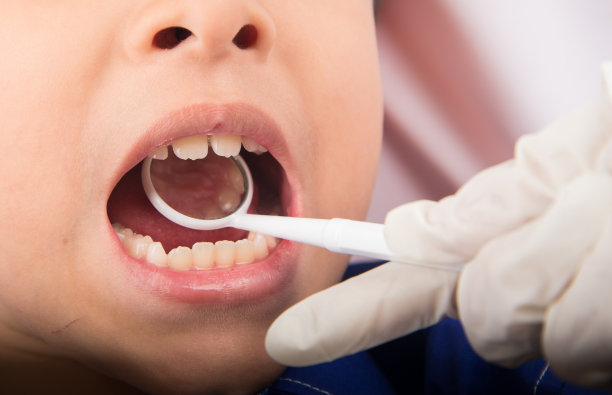Understanding the Process and Importance of Extracting a Tooth for Better Oral Health Care
Summary: Tooth extraction is a crucial procedure in maintaining oral health. Although often perceived as a last resort, understanding the process and its importance is essential for both patients and dental professionals. This article delves into the reasons for tooth extraction, the step-by-step procedure, post-operative care, and preventive measures to minimize future extractions. By comprehending these aspects, individuals can make informed decisions regarding their oral health care, ultimately leading to improved dental hygiene and overall well-being.
1. Reasons for Tooth Extraction Explained

Tooth extraction may be necessary for several reasons, primarily driven by the state of oral health of the patient. Commonly, severe decay or damage can compromise a tooth beyond repair, making extraction the safest option to prevent the spread of infection. When dental caries reach the pulp of the tooth, it may lead to abscess formation, causing pain and potential systemic issues.
Another significant reason for extraction is overcrowding. In orthodontic treatment, sometimes it鈥檚 essential to remove teeth to create space for alignment. This practice aids in achieving a balanced bite and can improve the overall aesthetics of the smile.
Impacted teeth, particularly wisdom teeth, often necessitate extraction. These teeth may fail to emerge properly due to insufficient space, leading to pain, infections, or damage to neighboring teeth. Addressing impacted teeth promptly can lead to better health outcomes.
2. The Step-by-Step Extraction Process
The tooth extraction process starts with a thorough examination, which may include X-rays to assess the tooths condition and its root structure. Understanding the specifics of the tooths anatomy helps the dentist plan the extraction accordingly, which is crucial for ensuring a smooth procedure.
Next, anesthesia is administered to numb the area surrounding the tooth. This step is vital to ensure that the patient is comfortable and free from pain throughout the procedure. In some cases, sedation dentistry may be recommended, particularly for patients with dental anxiety.
Once numb, the dentist utilizes specialized instruments to loosen the tooth and then extracts it. The method of extraction can be simple or surgical, depending on whether the tooth is fully erupted or impacted. Following extraction, the dentist provides care instructions to encourage healing and minimize discomfort.
3. Post-Operative Care for Better Healing
After a tooth extraction, proper post-operative care is vital to ensure a smooth recovery. Patients should follow their dentist鈥檚 advice closely, including managing pain with prescribed medication and adhering to dietary recommendations. Soft foods and plenty of fluids can help reduce the risk of irritation at the extraction site.
Maintaining oral hygiene is crucial even after tooth removal. Gentle rinsing with salt water can aid in keeping the site clean while avoiding vigorous rinsing that might dislodge the blood clot. This clot is essential for healing, as it protects the underlying bone and nerves.
Its important to monitor the healing process, watching out for any signs of infection, such as increased swelling or persistent pain. If complications arise, immediate follow-up with the dental office is necessary to address any concerns and receive appropriate treatment.
4. Preventive Measures for Future Oral Health
To minimize the need for future tooth extractions, preventive oral health care practices are essential. Regular dental check-ups and cleanings allow for early detection of issues that could lead to severe decay or other complications. Cavity prevention includes consistent brushing, flossing, and the use of fluoride, all instrumental in maintaining good dental health.
Diet plays a vital role in oral health as well. Reducing the intake of sugary foods and acidic beverages can help prevent tooth decay. Instead, opting for a balanced diet rich in vitamins and minerals supports enamel strength and overall dental well-being.
Finally, individuals should consider dental sealants, especially for children, as they provide a protective barrier against decay. Emphasizing the importance of routine dental care and maintaining good habits can significantly reduce the likelihood of needing extractions in the future.
Summary:
Understanding the process and importance of tooth extraction highlights its role in improving overall oral health care. From recognizing when an extraction is necessary to taking proper post-operative care and implementing preventive measures, each aspect is crucial for long-term dental success. In sum, informed decisions paired with proactive dental care can significantly lessen the risks associated with tooth extractions.
This article is compiled by Vickong Dental and the content is for reference only.



